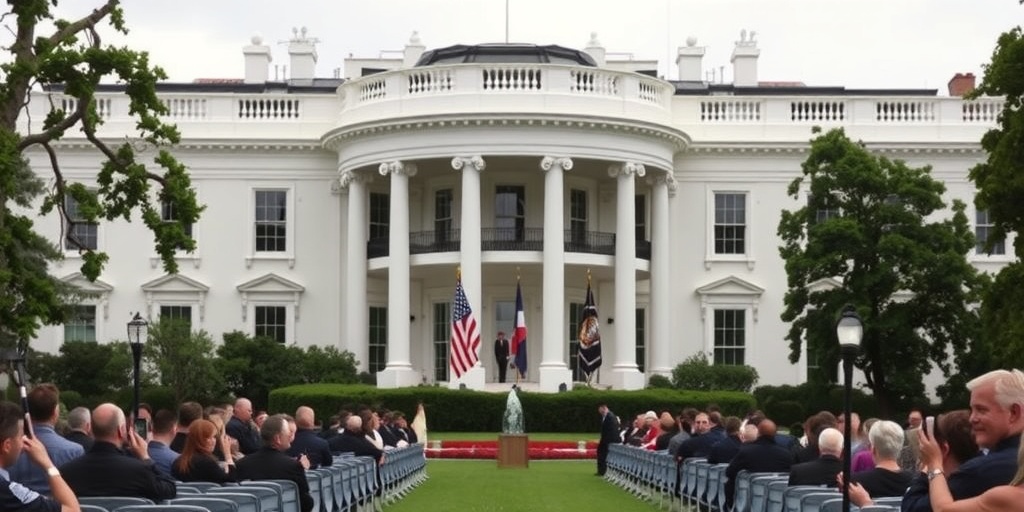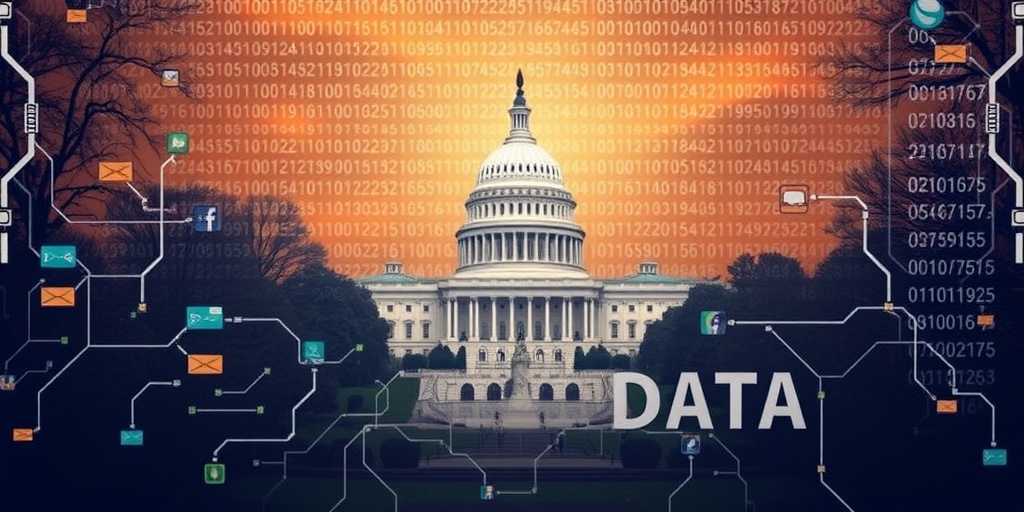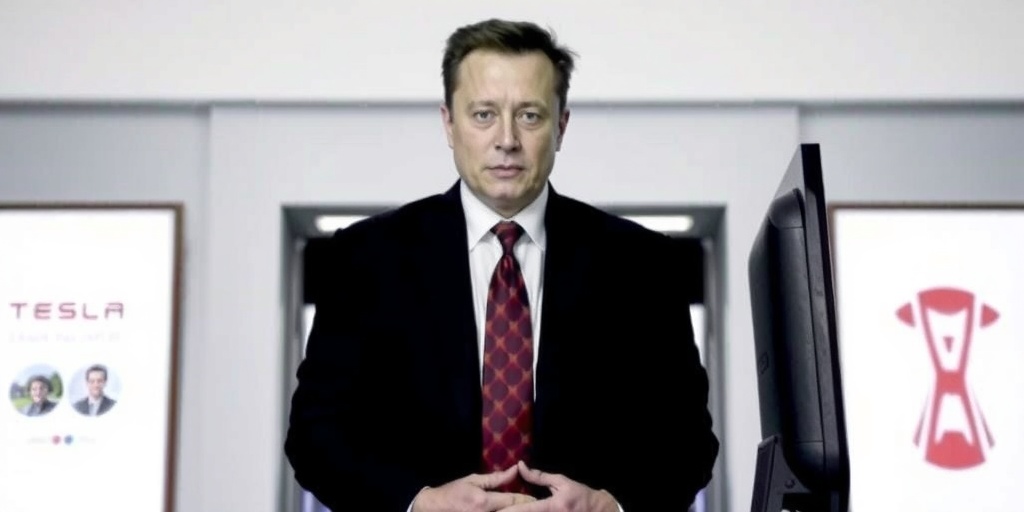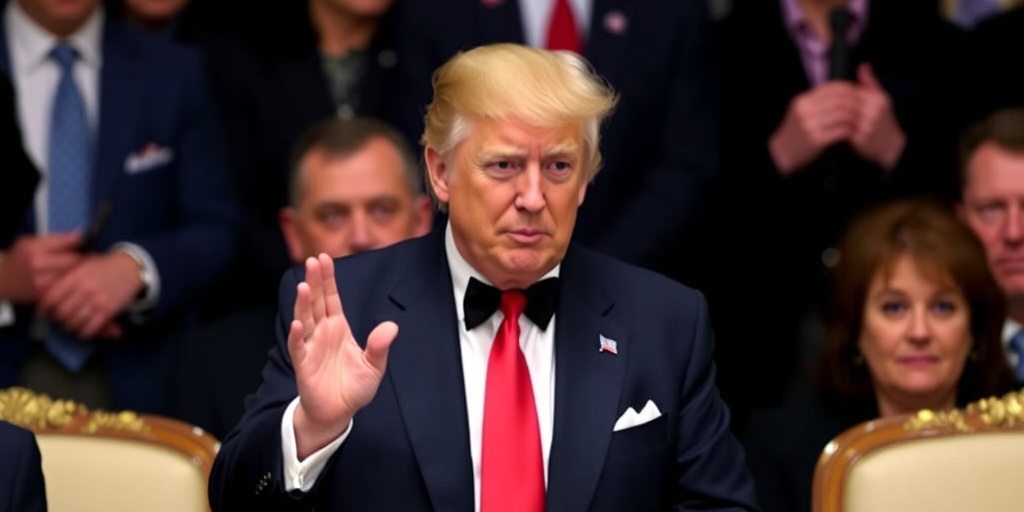Now Reading: Will the E.P.A.’s Closure Impact Its Museum?
-
01
Will the E.P.A.’s Closure Impact Its Museum?
Will the E.P.A.’s Closure Impact Its Museum?
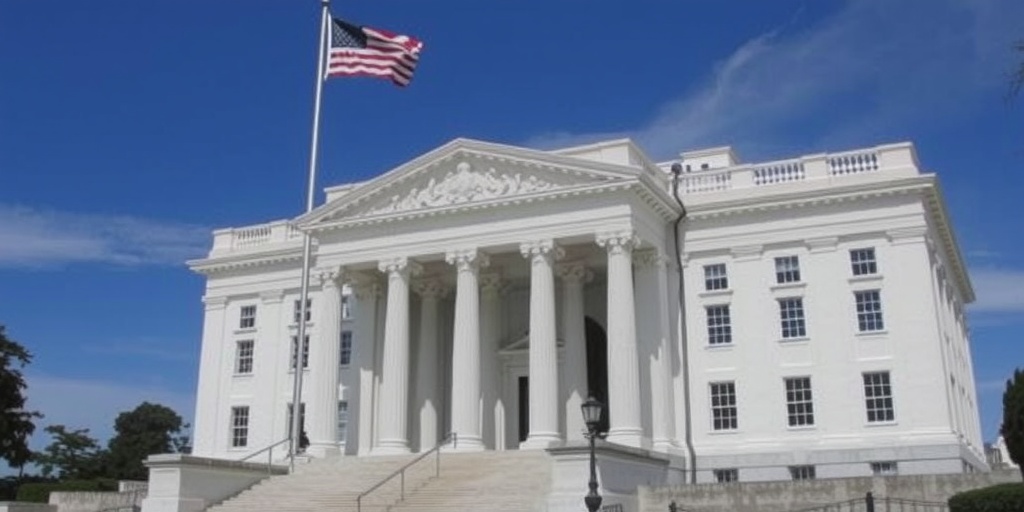
The Quiet Resilience of the EPA Museum Amid Political Turmoil
In the heart of Washington, D.C., surrounded by grand monuments and museums steeped in history, the National Environmental Museum and Education Center—dedicated to the work of the Environmental Protection Agency (EPA)—has largely remained under the radar. Tucked away in the William Jefferson Clinton Building North, just a stone’s throw from the White House, this small museum has managed to navigate the recent tumult within the federal government, particularly under the leadership of President Trump and tech mogul Elon Musk.
Opened in 2024, the EPA museum serves as a testament to the agency’s ongoing mission of combating pollution and addressing climate change. The space is modest yet inviting, a bright contrast to the dim exhibits previously shown in a temporary location nearby. Despite the looming threat of substantial staff and budget cuts by the Trump administration, which has been marked by a drive to undermine federal agencies, the museum stands as a symbol of resilience.
Among its intriguing displays, visitors can find historically significant artifacts, such as the pen used by President Lyndon B. Johnson to sign amendments to the Clean Air Act in 1967, and a bottle humorously labeled “100 Percent Authentic Undiluted Polluted” from Boston’s harbor—an area finally cleaned up in the 1990s. Other notable items include a gray subway seat, which represents EPA studies conducted in 2020 on the transmission of the coronavirus, and the first edition of Rachel Carson’s "Silent Spring," a pivotal work that galvanized the environmental movement.
The inception of the museum traces back to a 2015 trip to Japan by former EPA Administrator Gina McCarthy, where she found inspiration in an existing environmental museum. Dr. Stan Meiburg, who served as the acting deputy EPA administrator from 2014 to 2017, recounted the enthusiasm for establishing a similar venue in the U.S. The museum has since garnered appreciation from unexpected visitors, including State Senator Nate Blouin from Utah, who stumbled upon it during a trip to Washington. Blouin found the exhibits honoring the country’s environmental achievements to be refreshing, especially in light of the ongoing political drama.
That drama extends beyond the museum, as federal agencies face immense changes under Trump’s administration. Just blocks away, the headquarters of the U.S. Agency for International Development has been shuttered as part of Musk’s initiative, and similar fates loom for other federal entities. The EPA, under the leadership of new administrator Lee Zeldin—a staunch Trump ally—has similarly faced turmoil. Zeldin has criticized previous programs aimed at diversity, equity, and inclusion, culminating in the cancellation of millions of dollars’ worth of contracts associated with these efforts. His focus appears to shift towards promoting automotive manufacturing and other initiatives that typically fall outside the agency’s environmental responsibilities.
Despite the administrative shake-ups, some within the EPA remain cautiously optimistic. An anonymous official noted that the new leadership isn’t exhibiting the overt hostility seen from previous appointees, leaving a glimmer of hope amid the uncertainty. While Zeldin’s agenda could signal a departure from traditional EPA functions, the enduring presence of the museum represents a commitment to the environmental legacy that both parties have historically upheld.
However, access to the museum isn’t without its challenges. Visitors must navigate an intimidating security process typical of federal facilities, and the absence of a gift shop reflects the museum’s minimalist approach. Yet, even with these barriers, groups like students from George Washington University find value in a space dedicated to educating the public about vital environmental issues, from the establishment of the EPA in 1970 to crises like the Love Canal disaster in 1978 and the Deepwater Horizon oil spill in 2010.
Interestingly, as officials navigate the complexities of funding and political maneuvering, certain critical aspects of the EPA’s history, such as the chronic underfunding of the Superfund program or the controversies surrounding former administrator Scott Pruitt, appear less prominently featured within the museum. Dr. Meiburg expressed hope that, despite political divides, both Republicans and Democrats recognize the universal need for clean air and water. He believes that keeping the museum open could help foster a nonpartisan narrative about the importance of environmental stewardship, emphasizing that the story told within its walls is one of collective progress rather than partisan contention.
In an age of troubling federal landscapes, the EPA museum quietly persists, offering insights into past achievements and a reminder of the ongoing struggle to protect our environment. Its survival amidst political challenges stands as a tribute to the agency’s enduring mission and the public’s desire for a cleaner, healthier planet.
Stay Informed With the Latest & Most Important News
Previous Post
Next Post
-
 01New technology breakthrough has everyone talking right now
01New technology breakthrough has everyone talking right now -
 02Unbelievable life hack everyone needs to try today
02Unbelievable life hack everyone needs to try today -
 03Fascinating discovery found buried deep beneath the ocean
03Fascinating discovery found buried deep beneath the ocean -
 04Man invents genius device that solves everyday problems
04Man invents genius device that solves everyday problems -
 05Shocking discovery that changes what we know forever
05Shocking discovery that changes what we know forever -
 06Internet goes wild over celebrity’s unexpected fashion choice
06Internet goes wild over celebrity’s unexpected fashion choice -
 07Rare animal sighting stuns scientists and wildlife lovers
07Rare animal sighting stuns scientists and wildlife lovers














